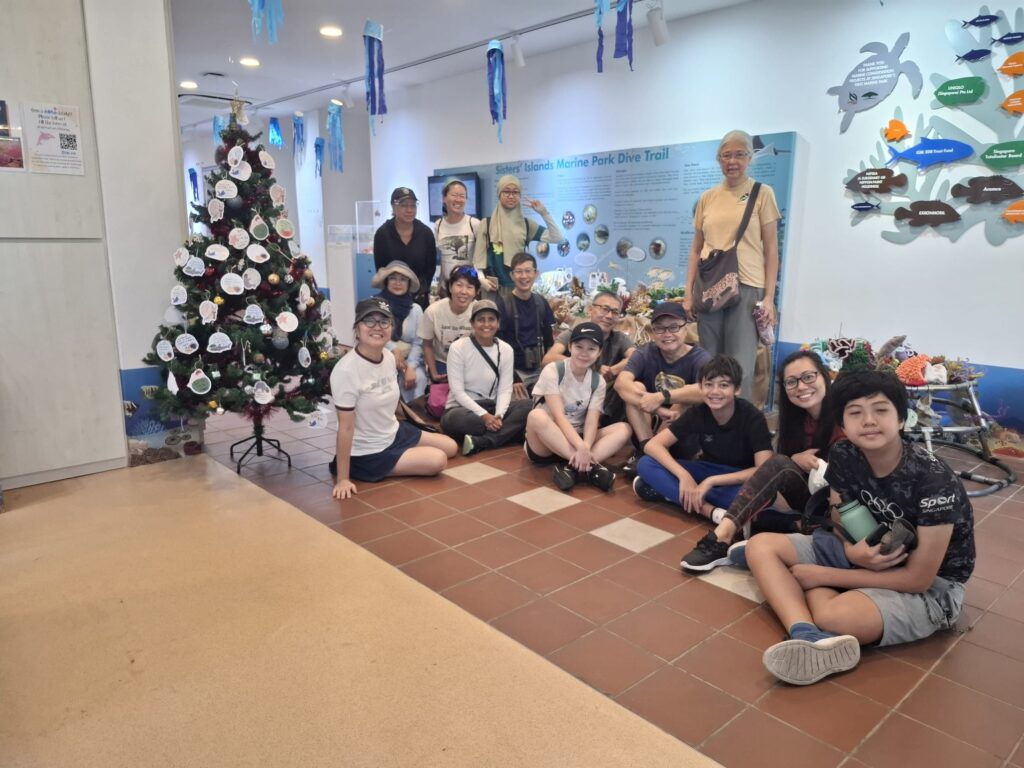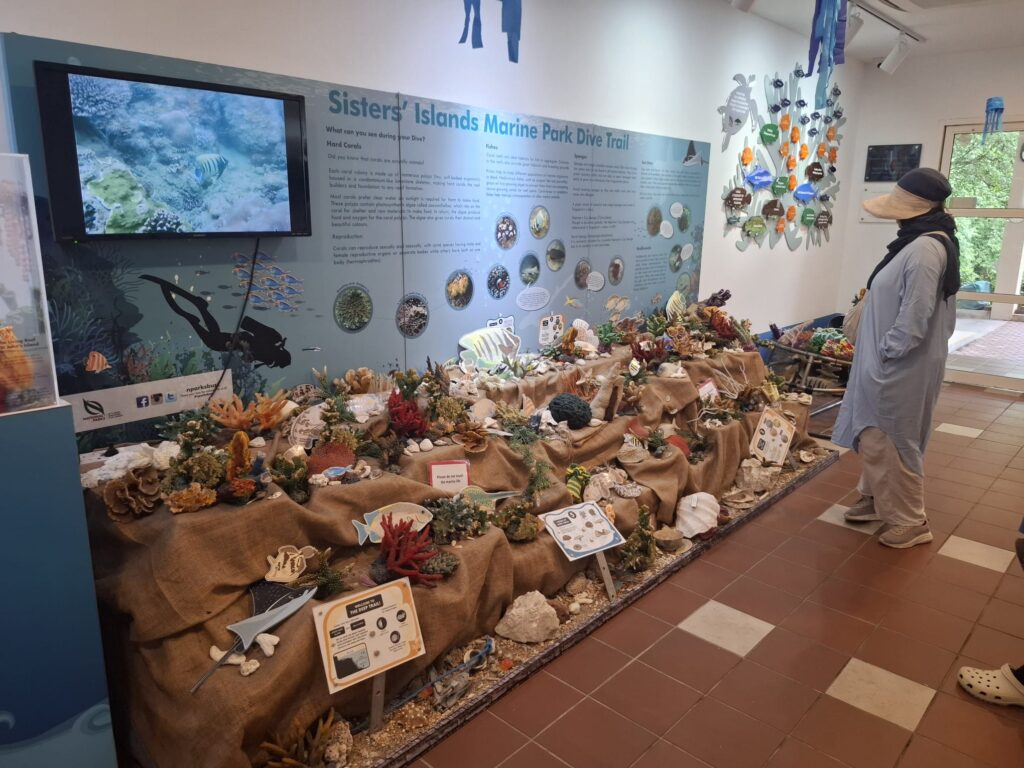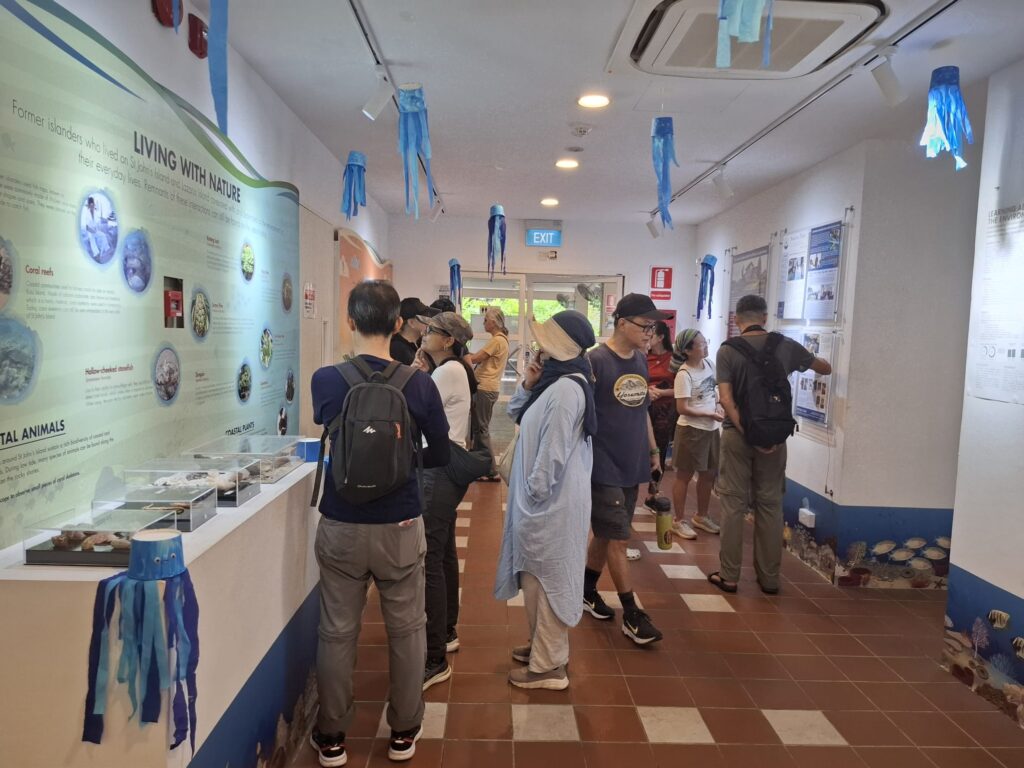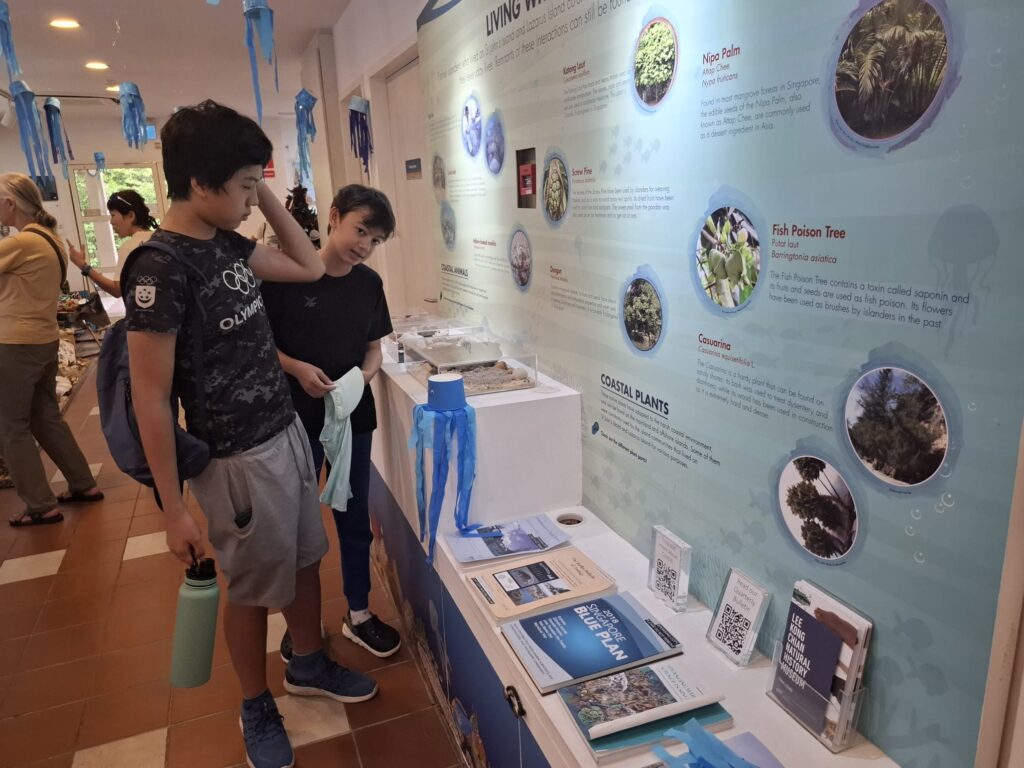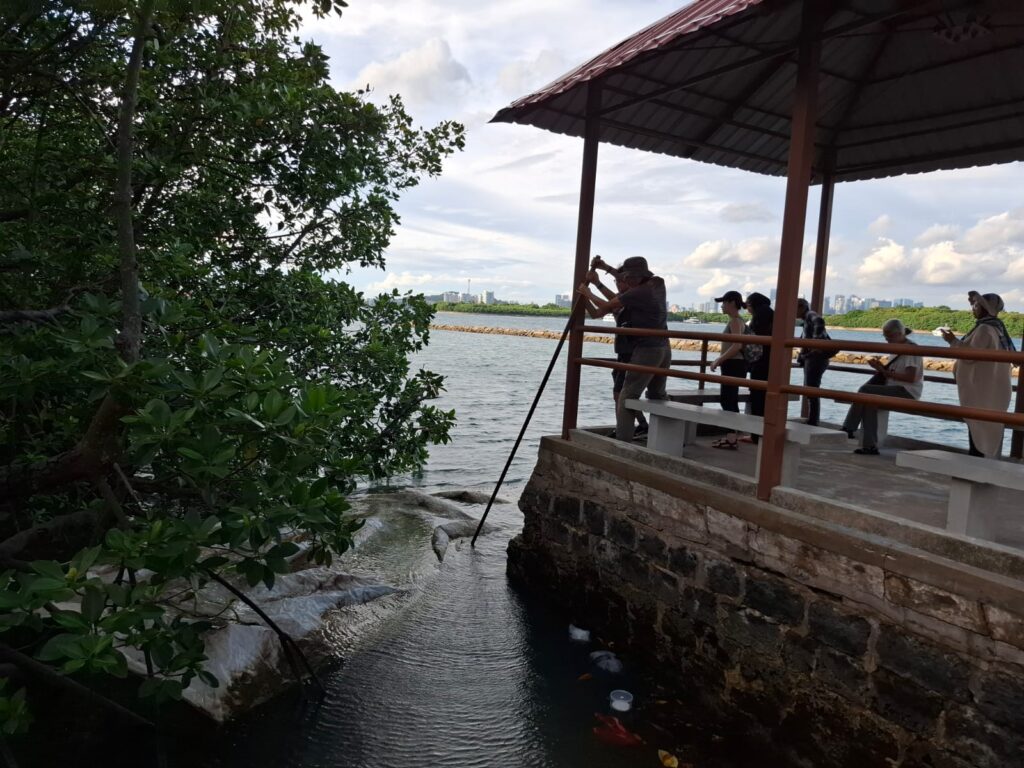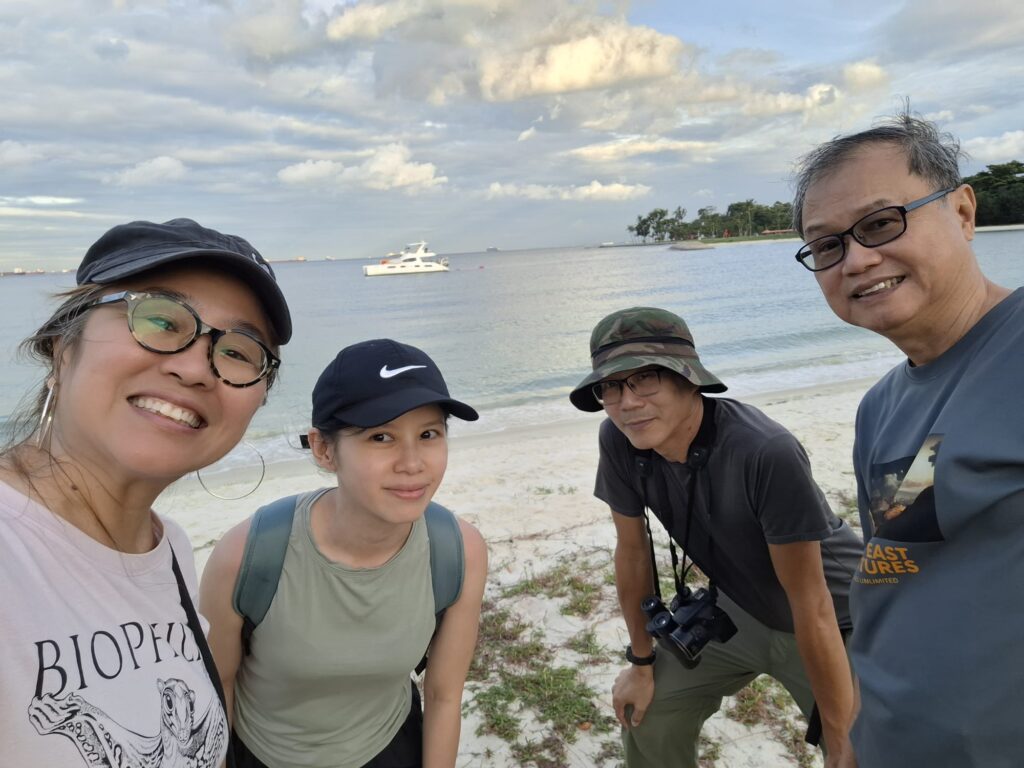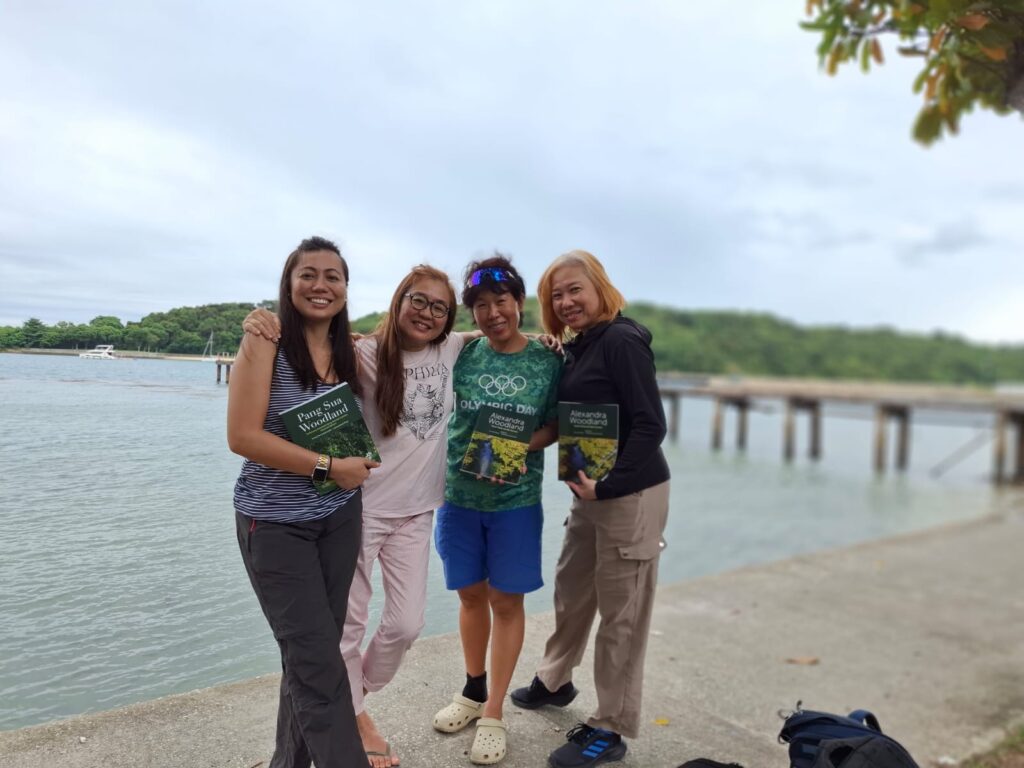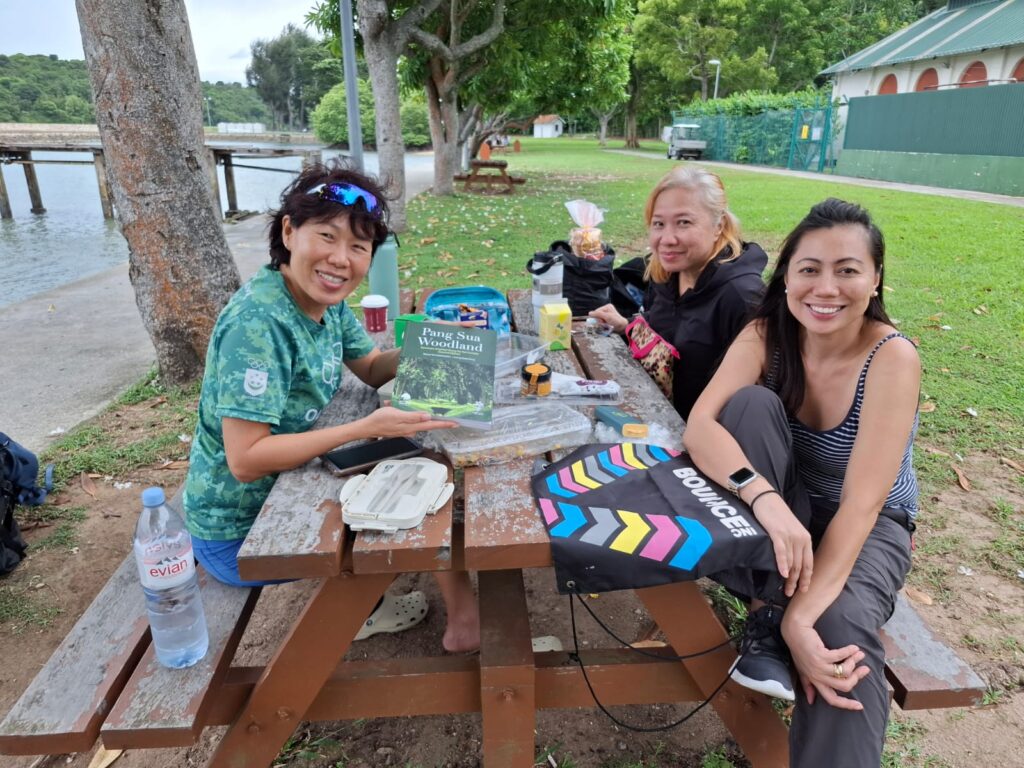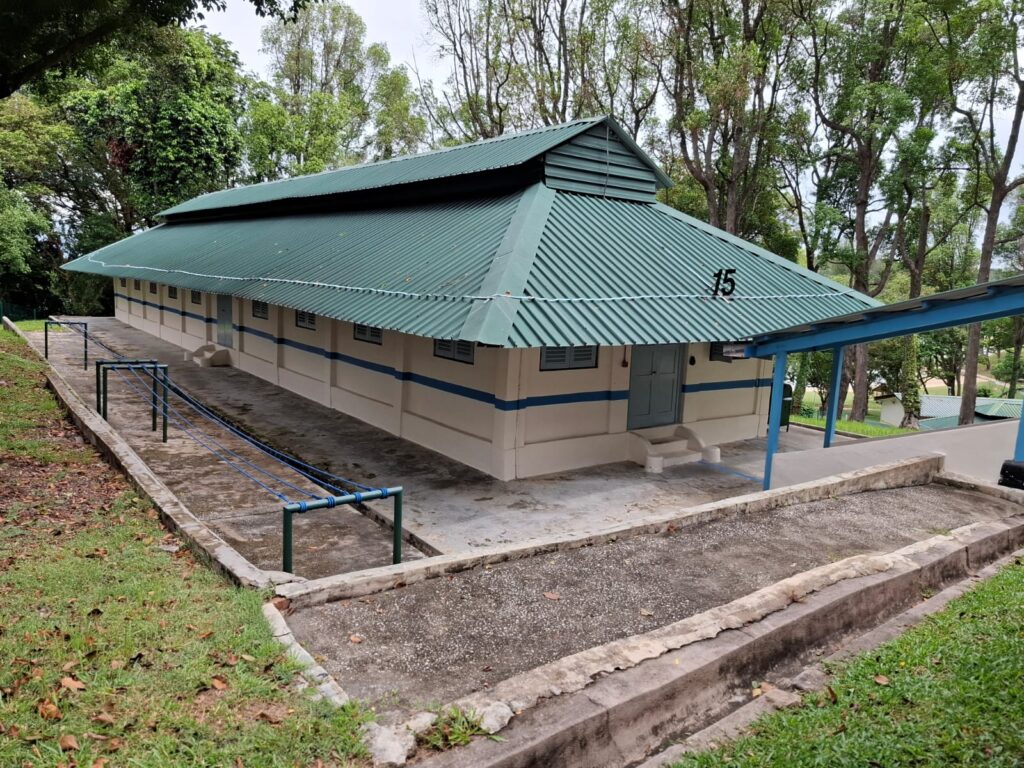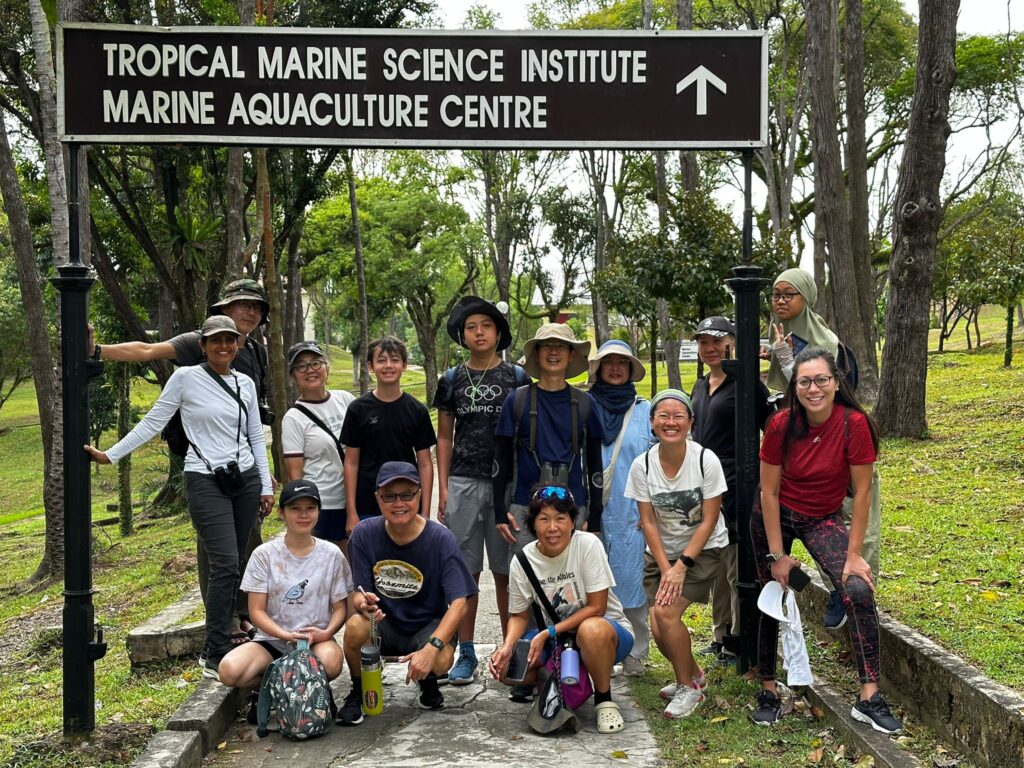
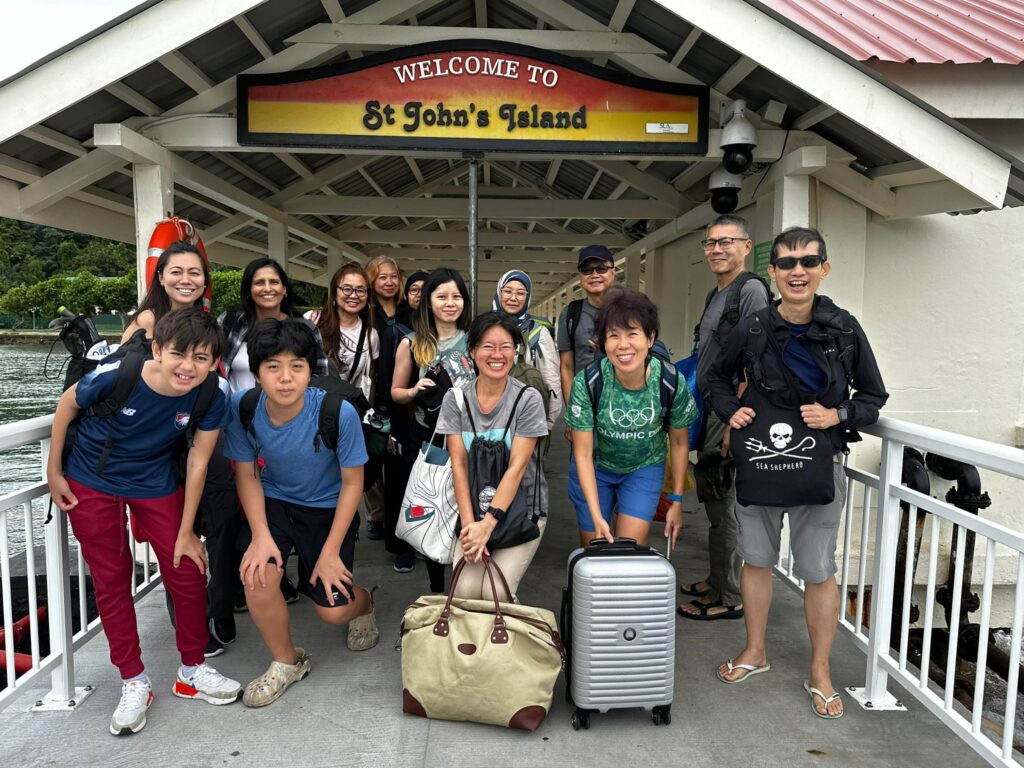
The St. John’s and Sisters’ Islands Family Nature Camp, organised by Cicada Tree Eco-Place, took place from December 10th to 11th, 2024. Participants embarked on a rejuvenating two-day nature adventure, exploring the rich flora and fauna of St. John’s and Sisters’ Islands. The camp offered a rare opportunity to connect with nature and fellow enthusiasts in an idyllic setting, filled with educational walks, hands-on conservation efforts, and the serene beauty of these hidden gems in Singapore.
Day 1: St. John’s Island
The adventure began at Marina South Pier, where participants gathered for the ferry ride to St. John’s Island. With packed lunches in hand, the group embarked on their journey, eager to explore the island’s natural wonders. Upon arrival, the group enjoyed a scenic picnic lunch and shared books and poetry on conservation.
Participants were greeted by Andrew Tay, the camp leader, who began the first of many nature walks. The green forests of St. John’s Island were a haven for wildlife, with sightings of raptors soaring overhead and various species such as the long-tailed macaque and oriental magpie robin. The walk through the island’s lush vegetation introduced participants to diverse plant species like the Tembusu Tree and the Sea Fig, while the shore revealed fascinating marine life, including Sea Cucumbers and Needlefish.
The 100k Corals Initiative, launched by NParks on December 10, 2024, aims to plant 100,000 corals over the next decade to restore Singapore’s coral reefs. A new coral culture facility at St John's Island will cultivate corals, which will then be transplanted into local waters. The facility is expected to open in 2025, supporting species recovery and native coral conservation.
The initiative also incorporates smart aquaculture technology to monitor and maintain ideal coral growth conditions. Citizen science programs will engage the public in coral restoration and monitoring efforts. With over S$2 million in funding, the initiative seeks to enhance Singapore's coral conservation and protect its marine ecosystems. (Source: CNA)
An exciting moment occurred when Andrew and Keith Woon attempted a mangrove cleanup mission but failed to remove a large floating canvas stuck among the roots.
The day concluded with a night walk, where participants spotted a variety of nocturnal creatures like the Spiny-tailed House Gecko and the Horn-eyed Ghost Crab. The quiet, peaceful surroundings allowed for reflection on the day’s discoveries, as participants shared stories at the dining hall over dinner.
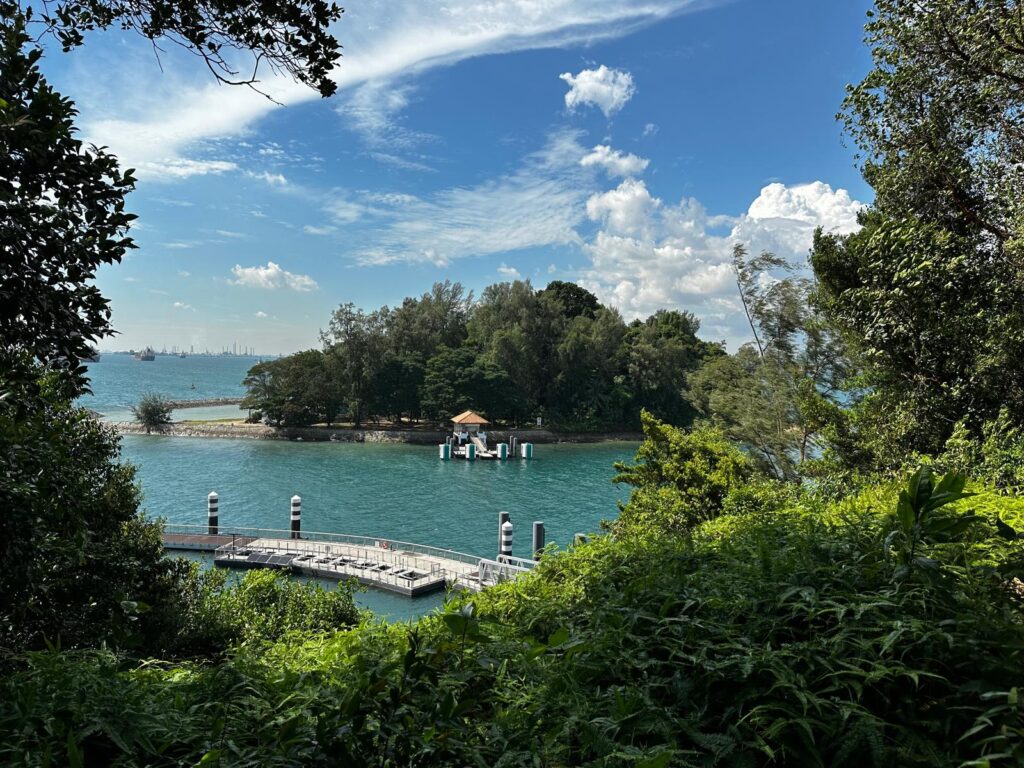
Day 2: Sisters’ Island
The second day was spent exploring Sisters’ Island, home to the Sisters’ Islands Marine Park where they encountered local flora such as the Sea Lettuce, a key player in the island’s ecosystem. The guided walk on Sisters Island introduced participants to the cycads and butterfly species, with sightings of the Cycad Blue Butterfly and the Brahminy Kite soaring above.
As the day came to a close, participants gathered to board the ferry back to Marina South Pier, carrying with them memories of the incredible wildlife and camaraderie experienced during their time on the islands.

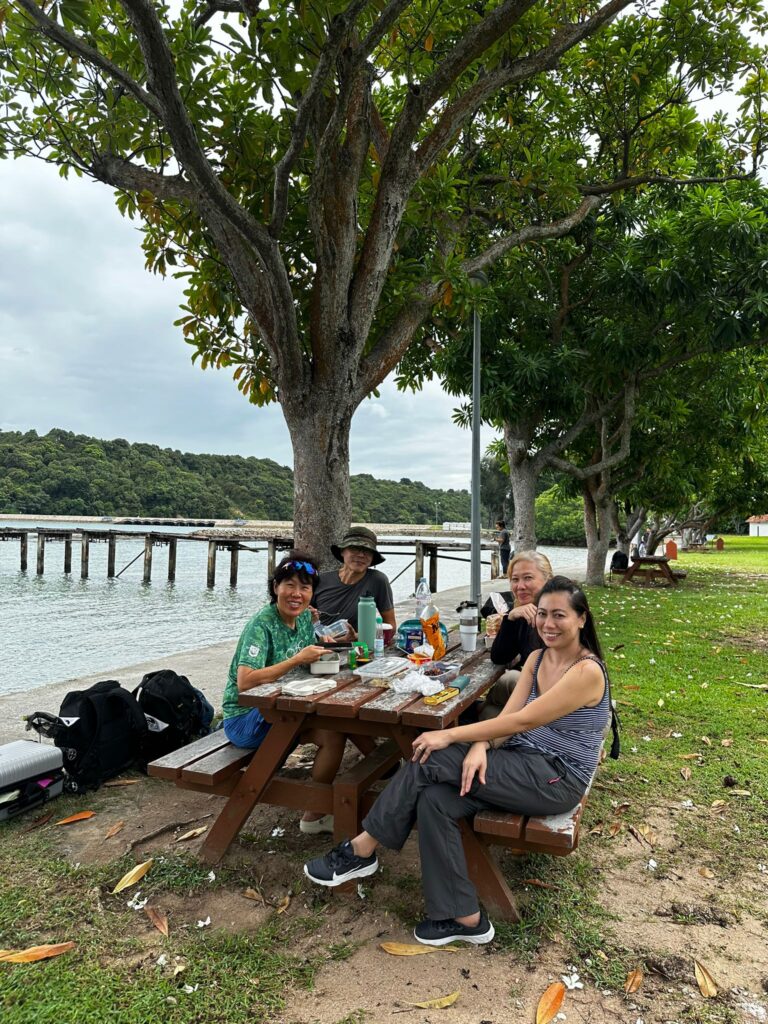
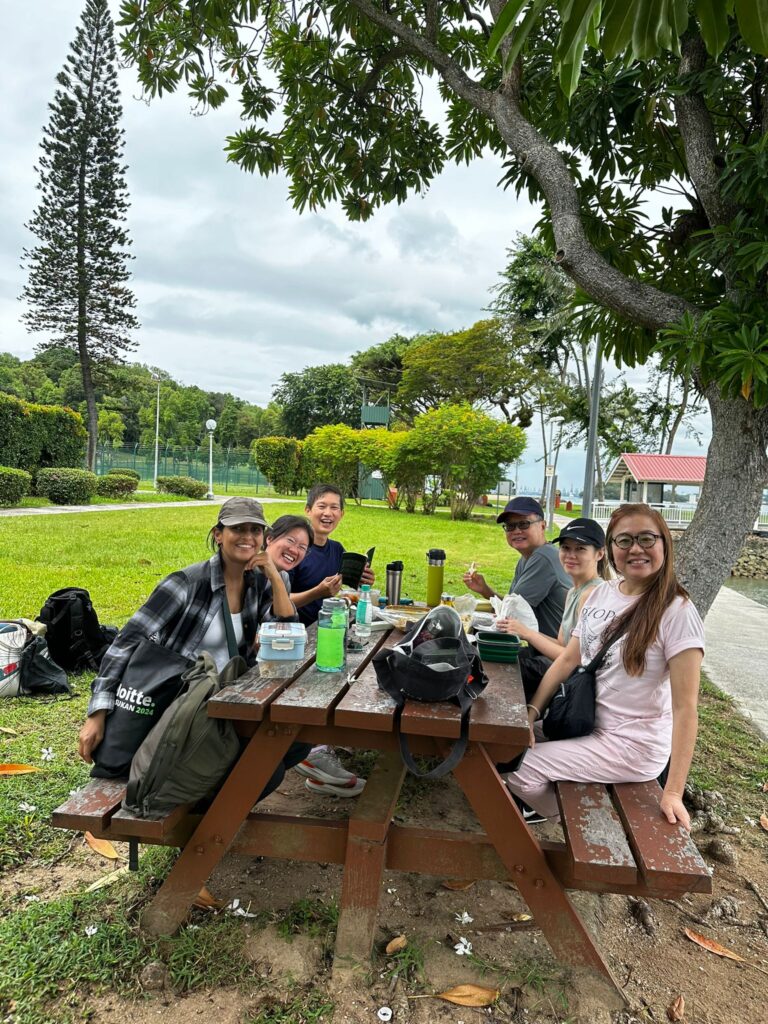
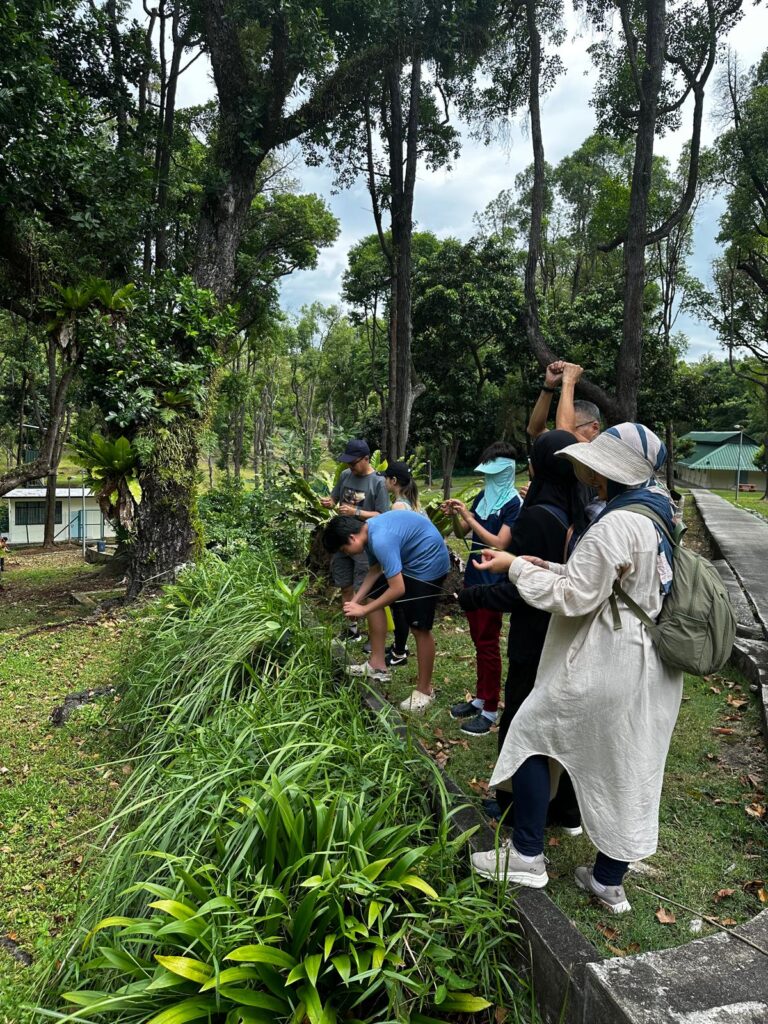
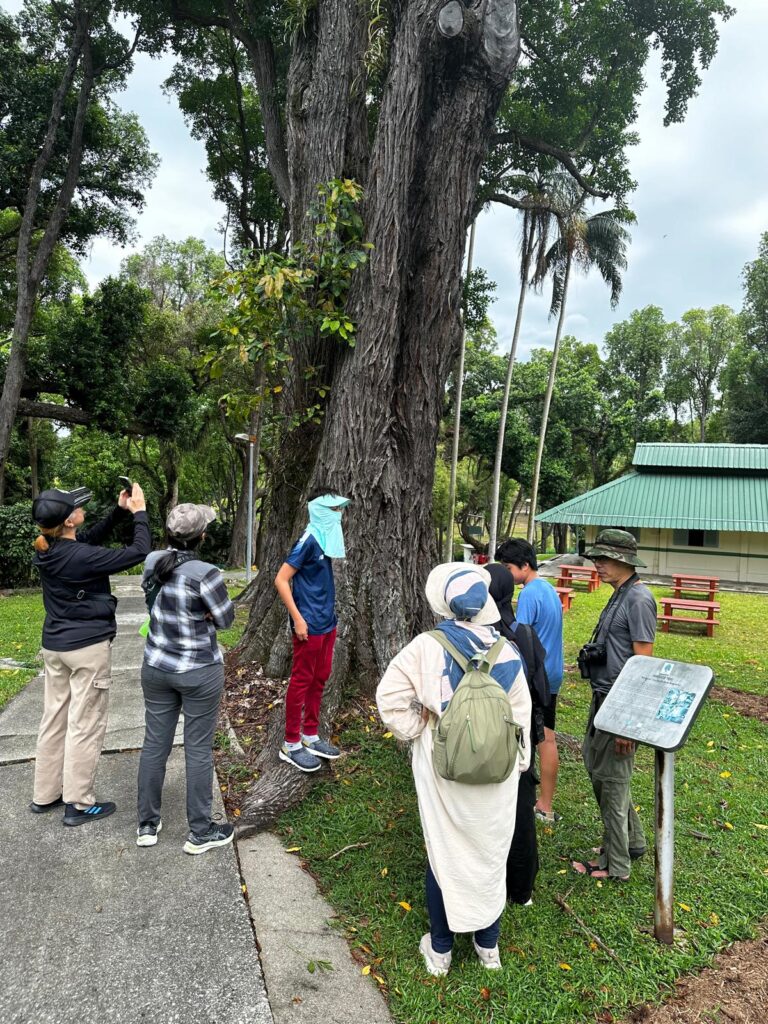
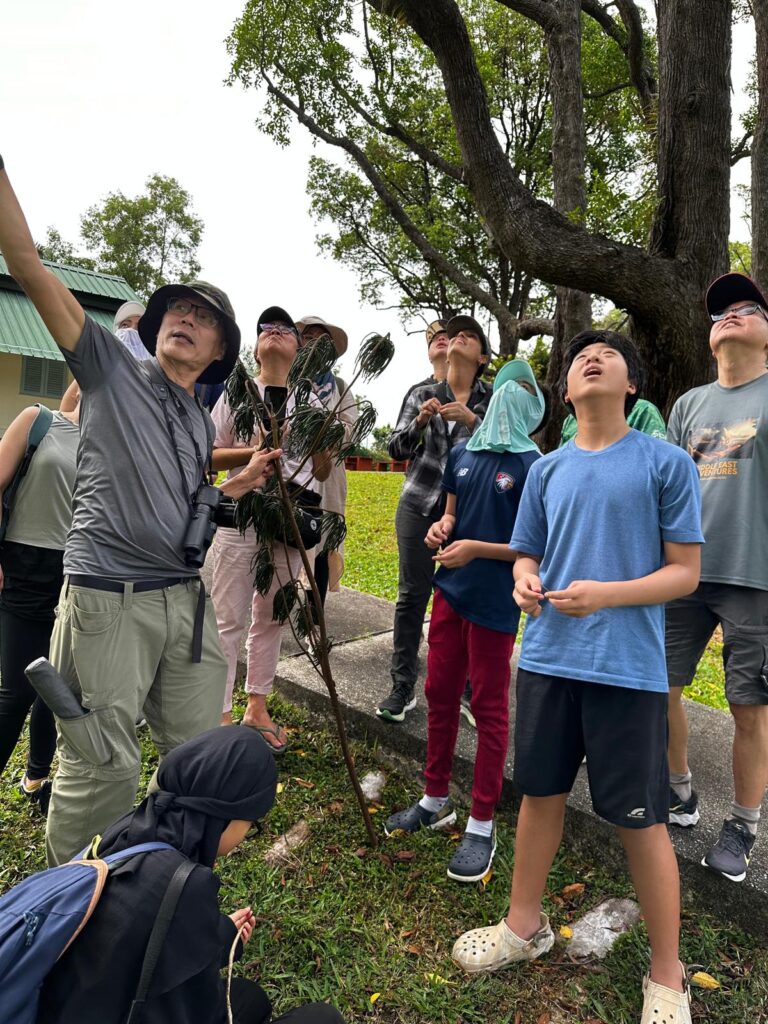
Participants’ Feedback
The camp proved to be an enriching experience for all involved, sparking connections and lasting memories:
- Amaani: “Thank you everyone! I was so inspired by everyone and I hope we can meet again soon. Waiting for next year’s camp! 🦂🌈
- Rominia: “Nice meeting everyone! I’d like to express our heartfelt gratitude to everyone involved for this experience. Learning about nature and animals alongside wonderful company has been truly unforgettable. I’d be happy to join again or participate in future volunteer opportunities!”
- Keith: “Thanks everyone for the great company on this nature adventure at St John’s Island.”
- Merey: “Thanks again for a wonderful trip to connect with nature again. We are missing the peace and quiet of the islands, with the sounds of nature to accompany us.”
- Connie: “Grateful to have been part of this. Such great people all round, amazing weather and lovely fauna and critters except the mozzies!”
- Cuifen: “Many thanks for the good company, and we were blessed with good weather.”
- Vilma: “It was a great camp with good potential to be done once or twice next year during the holidays, to include families with kids, and interested adults. Thanks Andrew for coordination and leading of lovely nature walks, and thanks Teresa for facilitating and doing much of the cleanup.”
- Radiah: “A million thanks to Andrew for inviting us to be a part of this beautiful, rejuvenating trip- full of learning and camaraderie. Each and everyone had such a zest for appreciating the simple things and all that nature has to offer even on our little urban island. It was so easy to get to know all of you and I felt a connection to everyone in their generosity to share food, knowledge and experiences.”
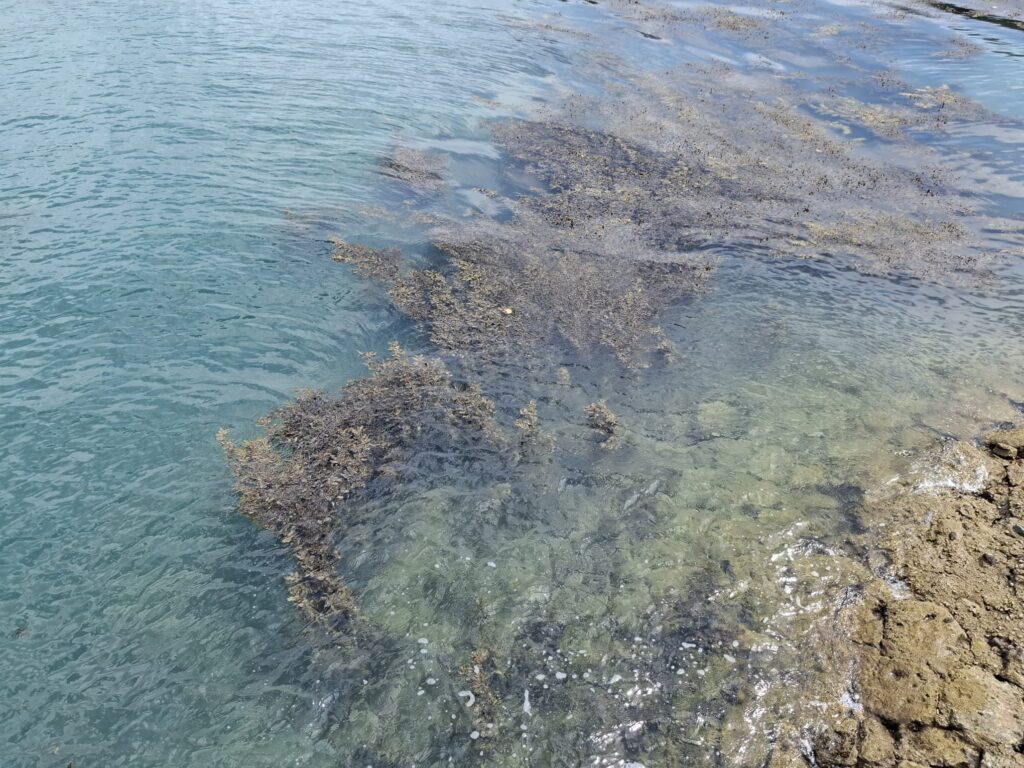
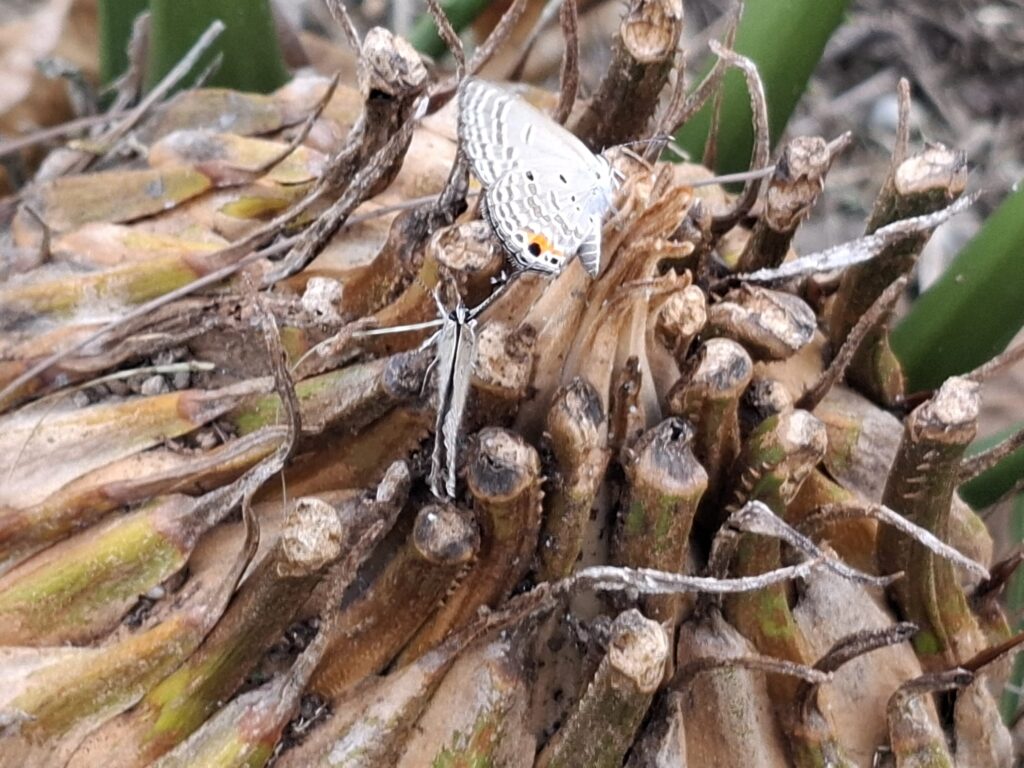
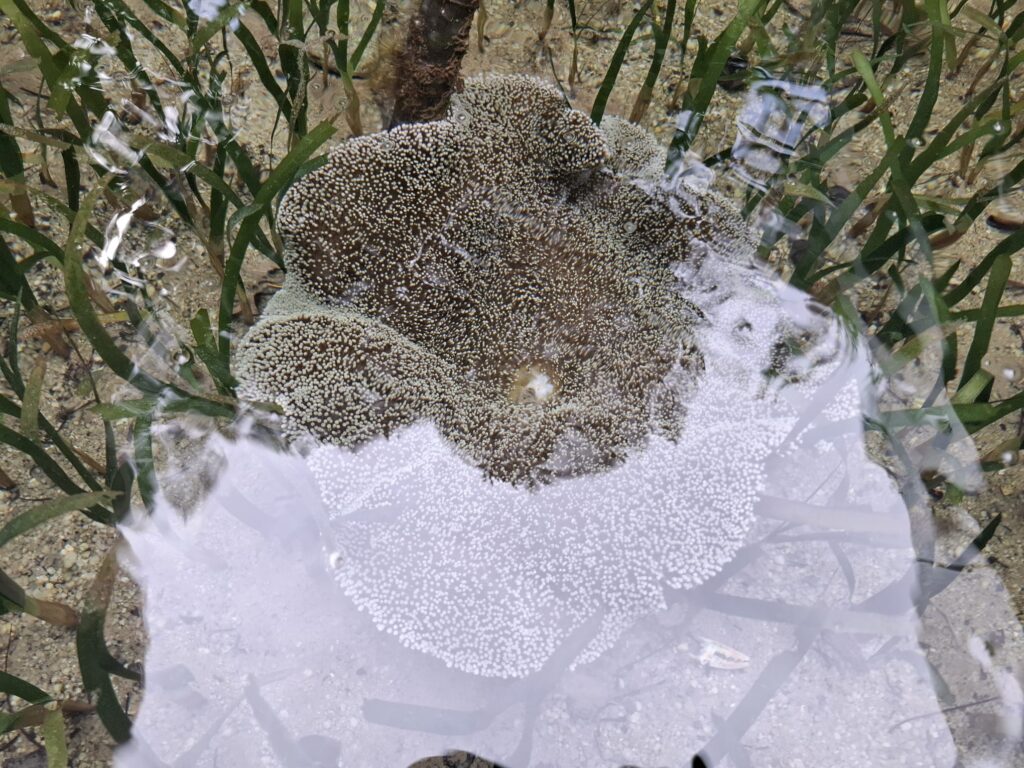
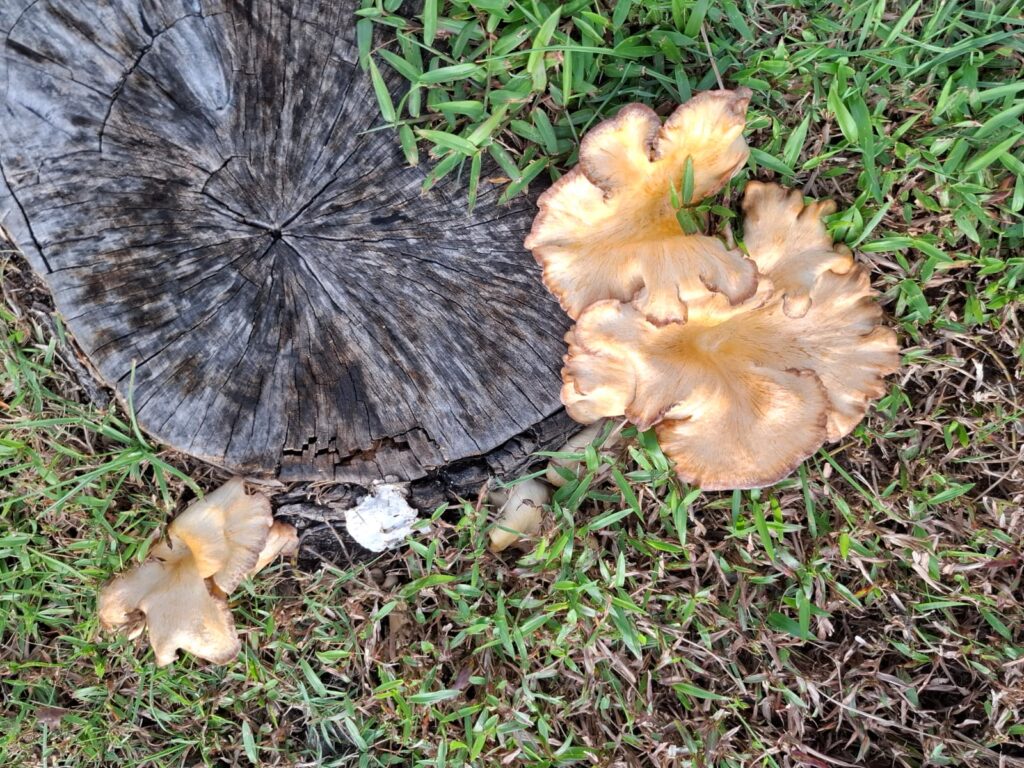
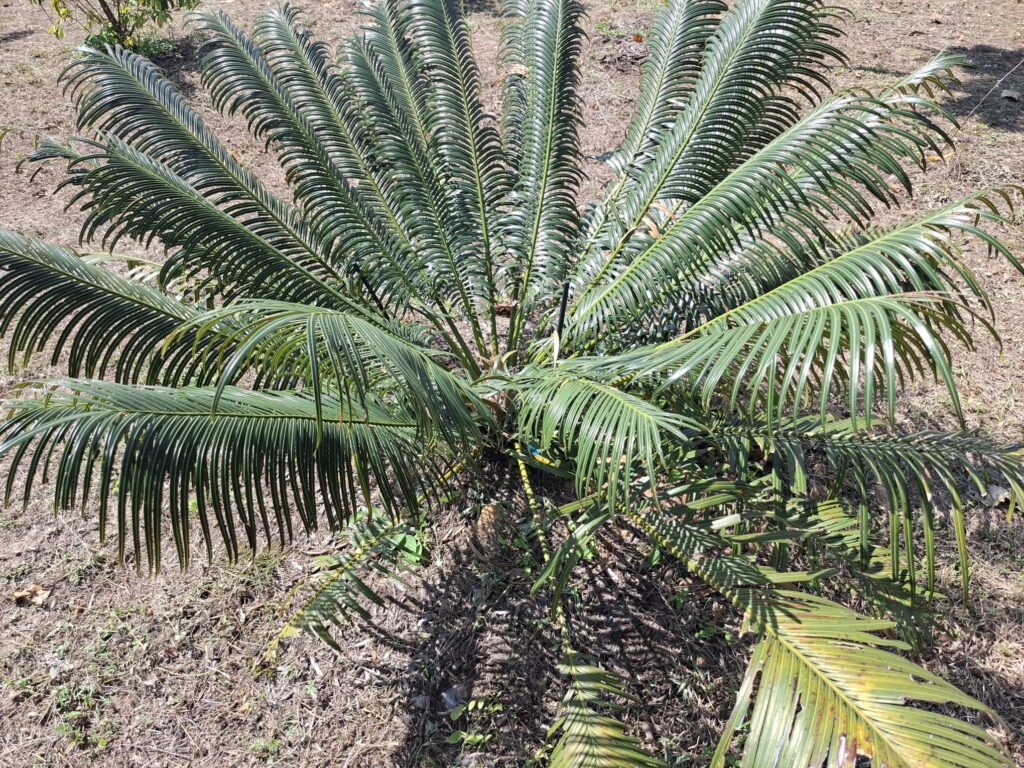
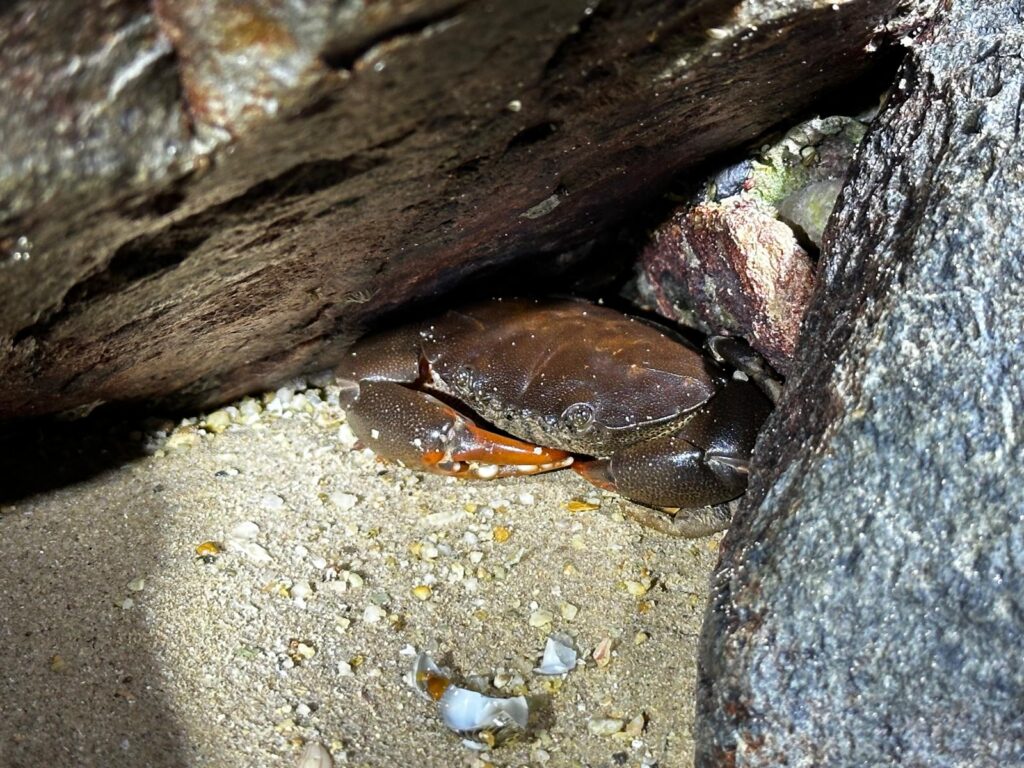
Wildlife Sightings
The diverse ecosystems of St. John’s and Sisters’ Islands provided ample opportunities for wildlife sightings. Some of the notable fauna spotted included:
- St. John’s Island: Long-tailed Macaque, Pacific Swallow, Tiger Beetle, Oriental Magpie Robin, Brahminy Kite, White-bellied Sea Eagle, and the Common Myna.
- Sisters’ Island: Sergeant Major Fish, Cycad, Cycad Blue Butterfly, Blue-tailed Bee Eater, and the Collared Kingfisher.
Participants were also introduced to fascinating flora, such as the Tembusu Tree, Painted Jezebel Butterfly, and various types of seaweed found along the shore of St. John’s Island.
The St. John’s and Sisters’ Islands Family Nature Camp provided a memorable experience for all involved. Participants not only gained a deeper appreciation for nature but also forged lasting friendships in the process. From nature walks and conservation efforts to reflective moments and shared stories, the camp fostered a sense of community and connection to the natural world.
